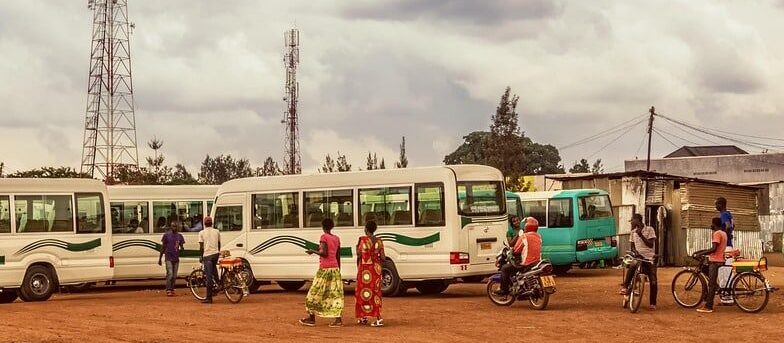Hope and Homes for Children exists to get children out of orphanages and Back to Family. But that work becomes much more difficult when orphanages attempt to hide their true identities.
Thanks to the commitment of the Rwandan government and the work of our team in Rwanda, we’re incredibly close to making it the first orphanage-free country in Africa.
There are now just nine orphanages left in the whole of Rwanda – at least that’s the official figure.
But we started to hear rumours about orphanages hiding their true identities by claiming to be boarding schools or football academies. The one thing these institutions all seemed to have in common was that the children attending them didn’t go home. Ever.
So last year our staff in Rwanda joined with the country’s National Child Development Agency (NCDA) and the National Council of Persons with Disabilities (NCPD) to run an assessment to determine the actual number of these hidden institutions, and to work out ways we could transform them too.
Beginning to investigate
Along with identifying and counting the number of institutions, and the numbers of children living within them, we wanted to understand more about how they operated, so that we could find the least disruptive way to transition the children in these institutions back to family.
This was especially important because many of the institutions were looking after children and young adults with physical and mental disabilities.
Using information provided by word of mouth, local contacts and existing research, we started to visit the centres and institutions we suspected of being orphanages to speak with the children inside and the people who ran them.

The challenges
As our teams worked, they faced a number of barriers when it came to finding out whether an institution was what it claimed to be, or whether it was secretly operating as an orphanage.
For example, it was sometimes difficult to get the managers of the institutions to respond to our questions – especially if they were the only ones holding information about the institutions and its residents.
There were also occasionally no available records to check independently, and some centres or institutions would hide information about their residents. This then required us to undertake more observations and ask more questions in order to learn about the exact situation and experiences of each child.
What we found
We uncovered six new hidden orphanages in total during our assessment work.
One of the institutions we found was for children and young adults with disabilities – and we even uncovered one that had been previously closed but had now restarted again by moving to a different district.
In total, we found 128 children being kept in hidden institutions.
Our work also found that some of the other centres we visited are not registered with any government agency, which raises serious safeguarding concerns.
What happens next?
Off the back of the new knowledge gained through the assessment, we were able to make several clear recommendations to local authorities and government that we believe will help close existing orphanages and ensure that those within them get the best possible care as they grow up.
Our recommendations include:
- All unregistered institutions should be assessed by competent government agencies to safeguard the residents and other users of the services against any protection concern.
- Putting in place a mechanism for regular monitoring at the community level, to ensure that no hidden institutions are being created.
- Centres should be instructed not to develop their residential services any further.
- Children and young adults who were found in the residential centres in this assessment should have the support of social workers to allow them to reintegrate into and be raised in safe and loving families, where the personal circumstances for each individual child are considered.
- Parents and caregivers should be trained to equip them with skills to take care of children with disabilities especially those that require special attention, to prevent the children being placed into orphanages (and prevent the subsequent creation of more orphanages).
- Work to create more community-based disability inclusive services – including education, health, justice and employment – to help children with disabilities access those basic services without jeopardising their need and right to a family life.
To date, the Government of Rwanda has successfully reintegrated 95% of all children and young people who were residing in orphanages – a huge achievement that was made possible by our team’s dedication and hard work.
Rwanda has also initiated the implementation of an inclusive child care reform, with a specific focus on reintegrating children with disabilities from orphanages back to their families.
We’re so close to achieving an orphanage free Rwanda, and this assessment project has helped bring us even closer to attaining this incredible outcome, by making sure no child will be left behind.
Very soon, Rwanda will be completely orphanage free, and every child there will be Back to Family.

